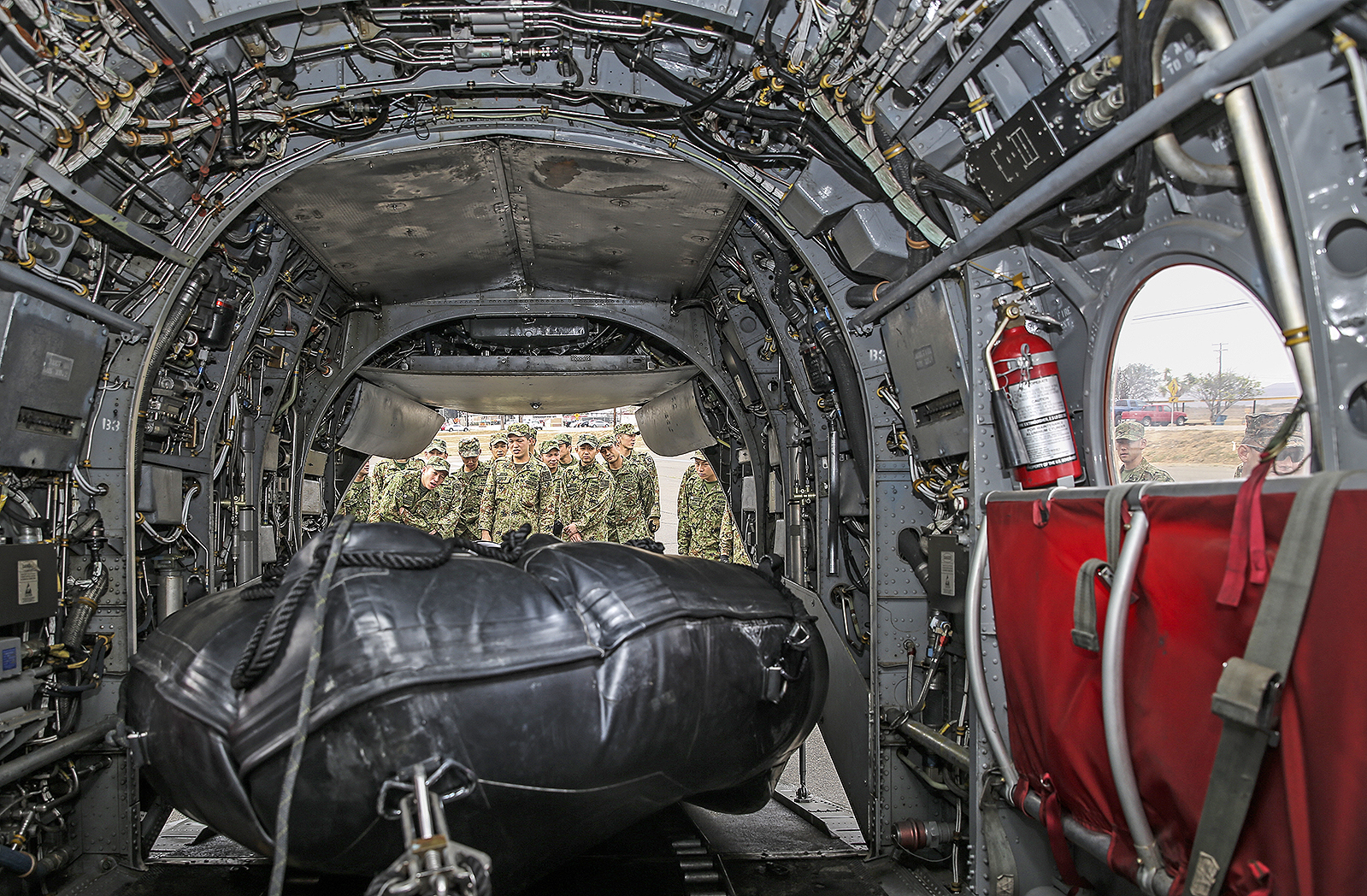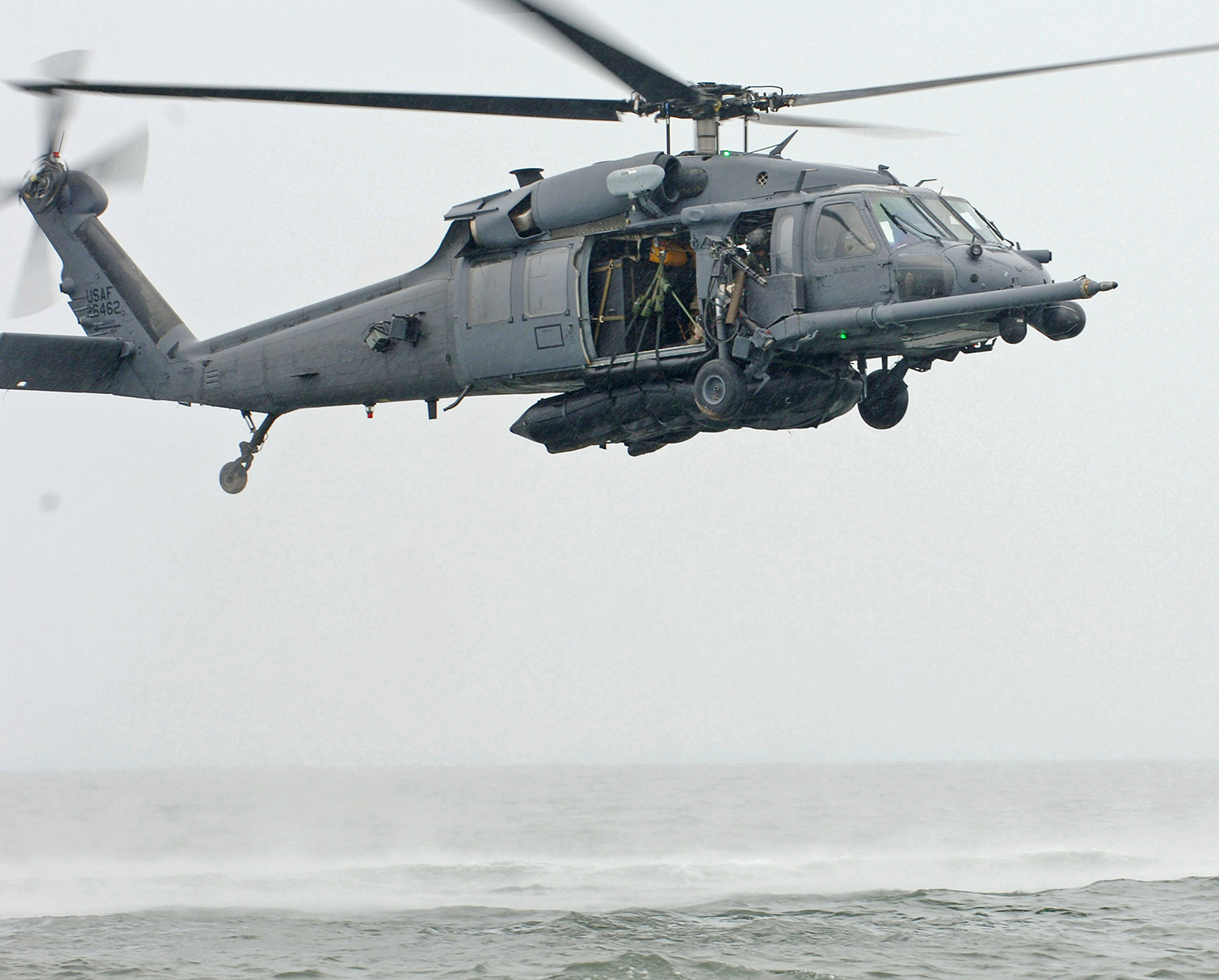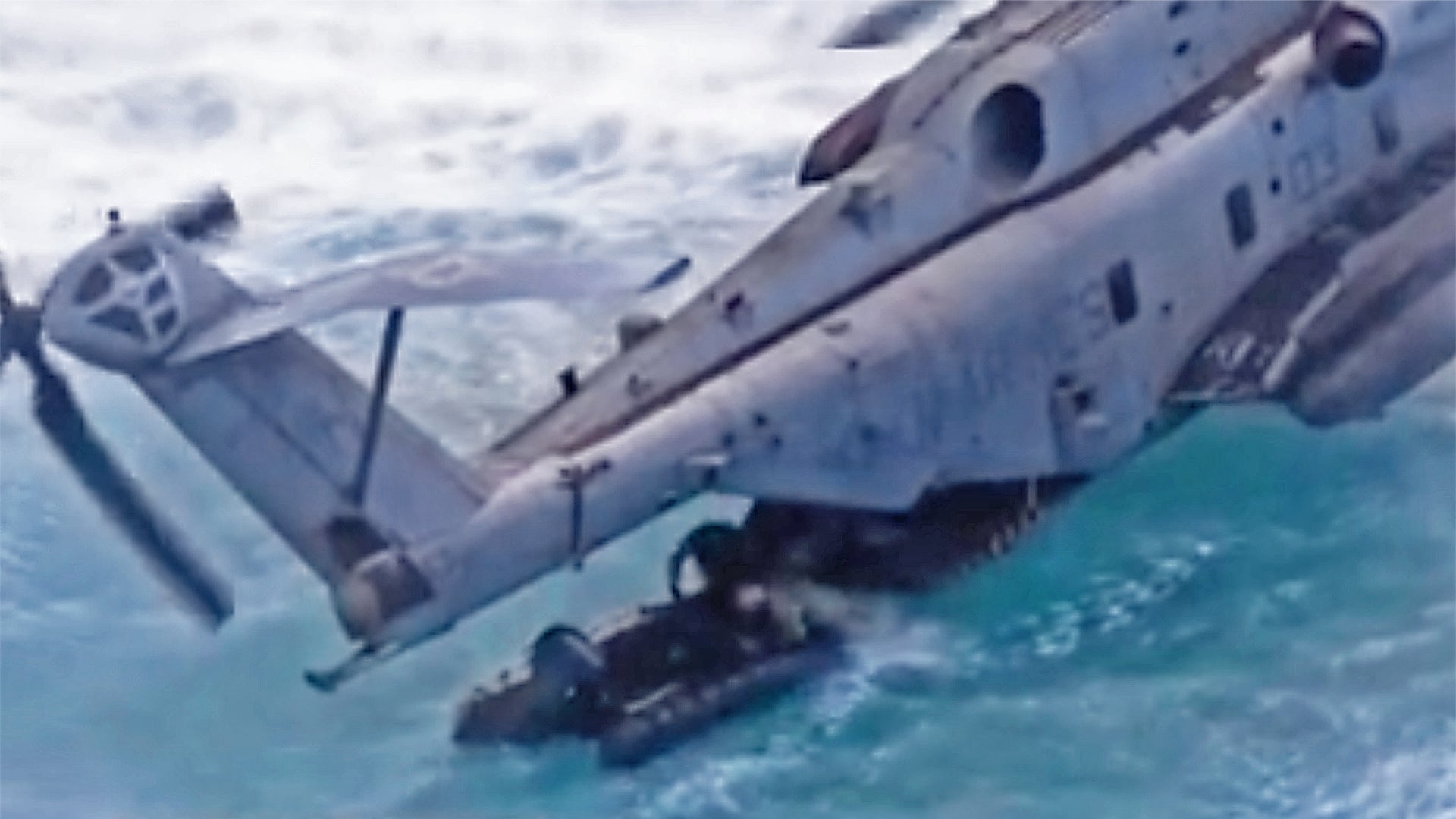The CH-53E Super Stallion is an amazingly large and powerful machine, and this short but dramatic clip showing a special operations team helocasting from its rear ramp is a clear reminder of those facts.
Just looking at the size of the CH-53E’s tail rotor, and its close proximity to the operators below, is a bit bewildering. You can imagine that the swimmers being deployed would want to get away from its rotating blades as fast as possible, especially considering the water and the helicopter itself can bob in the vertical dimension at any given moment.
If the Facebook embedded video below does not appear for some reason, here is the direct link.
Helocasting is used to quickly insert small teams of soldiers in the water, and sometimes it includes the deployment of rigid hull inflatable boats (RHIBS), commonly referred to as Zodiacs or combat rubber raiding craft (CRRC). The deployment of these boats can come in three forms—hard duck, soft duck, and rolled duck. Hard duck is where the RHIB is fully inflated and ready to go when it is inserted into the water, which is likely what we see here. Soft duck is where the RHIB is partially inflated, with the operators pumping it up full of air once in the water. Rolled duck is where the boat is not pumped up at all when it is dropped from the aircraft. Which of these methods is used for an operation is predicated upon what helicopter is being used for the insertion—and specifically its size—as well as the mission’s requirements.


There is even a dynamic recovery operation available for the RHIB and its occupants. This action movie like extraction method is dubbed the “Delta Queen” maneuver and is used by some of the countries who operate the CH-47 Chinook. In this case, the team literally drives the RHIB up the ramp of the Chinook, with the rear of the helicopter being partially submerged in the water.


In the case of the CH-53E video, the Super Stallion nearly dipped its ramp into the water while the special operations team deployed their RHIB—a great display of fine control by the big triple turbine engined helicopter’s pilots.
The CH-53Es are tired machines, and the USMC had until recently neglected their upkeep and their community horribly, but their replacement is on the way. Although it won’t come cheap, the CH-53K is absolutely necessary to the USMC’s mission, and its operational debut is coming in fast. Other international customers will likely emerge as well for the “King Stallion,” with Israel, Germany and Japan being likely adopters of America’s most powerful and expensive helicopter. In the meantime, the “Shitter” will continue to soldier on—sling loading vehicles, hauling around Marines, and helocasting special ops teams into the seas—just as it has done for nearly the last four decades.

Contact the author: Tyler@thedrive.com
